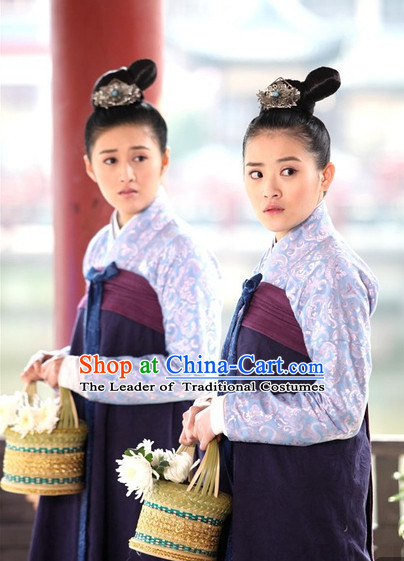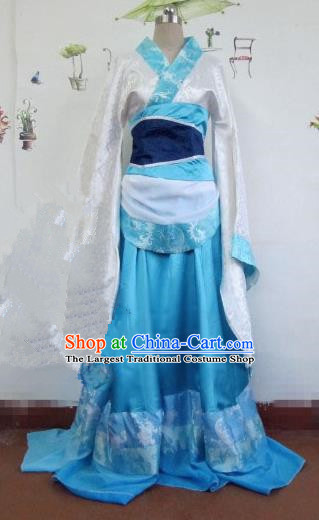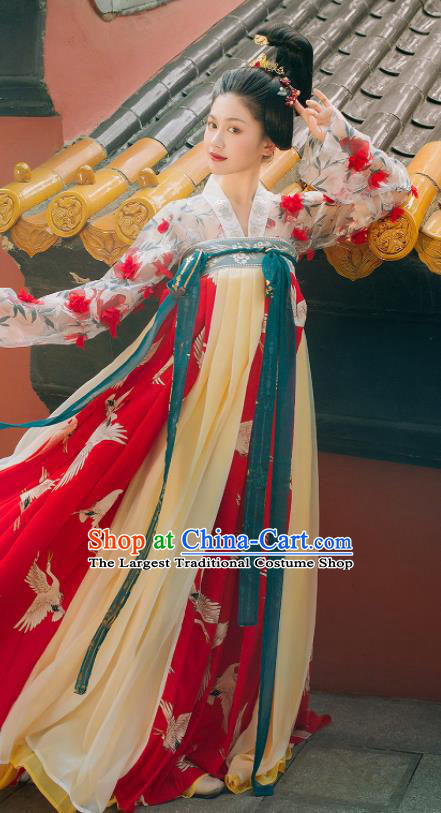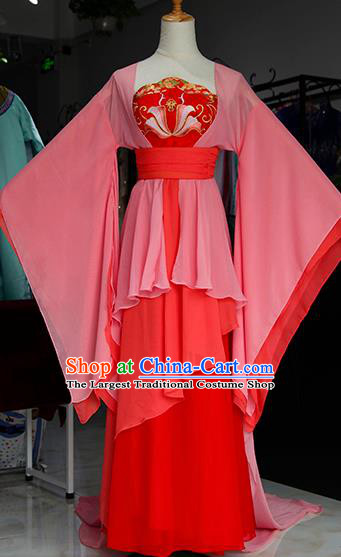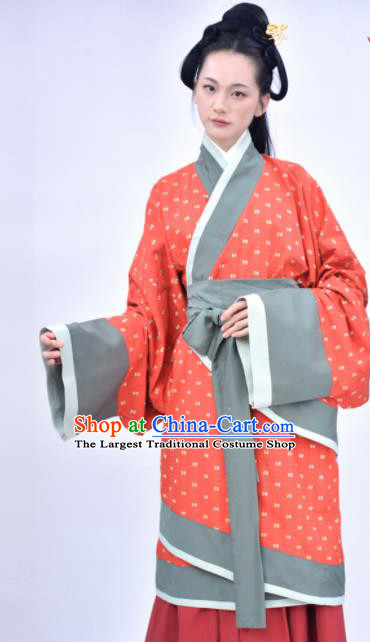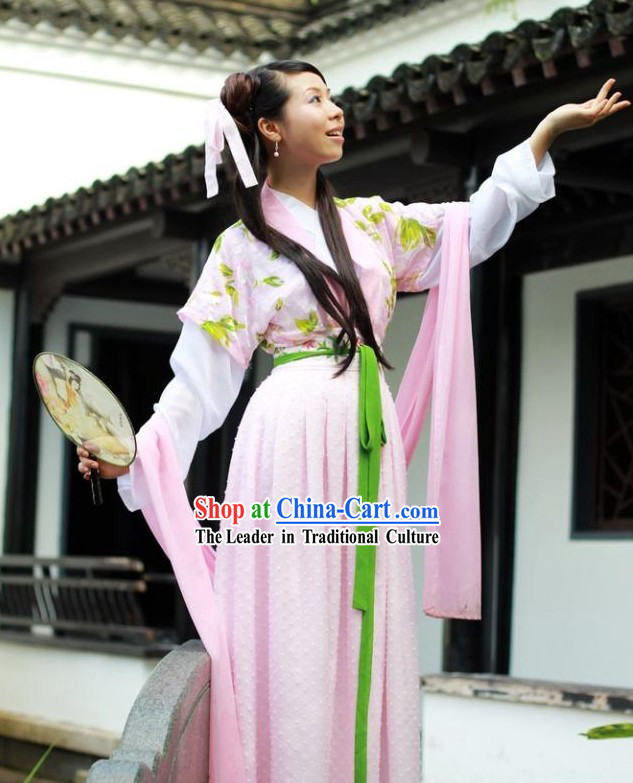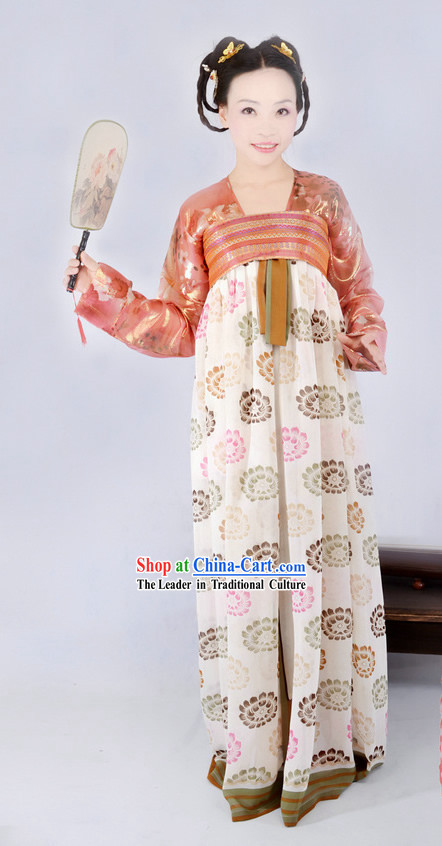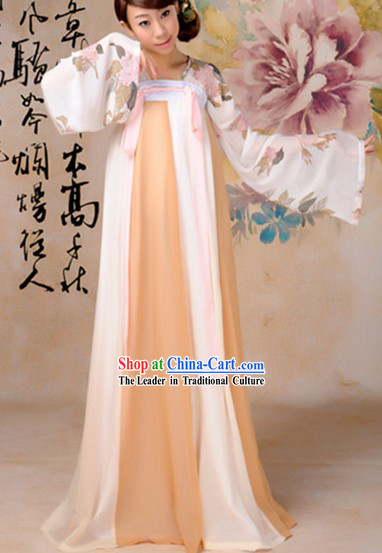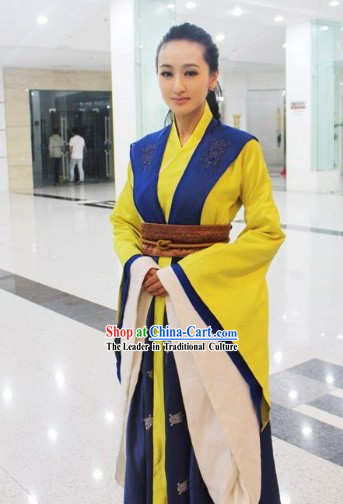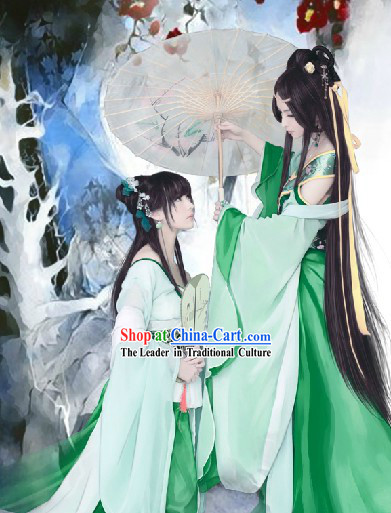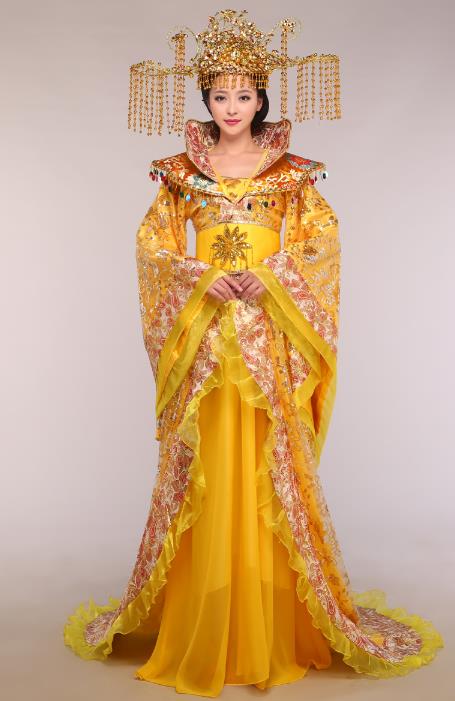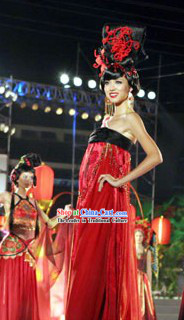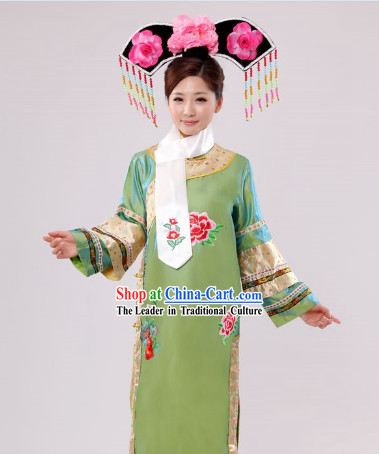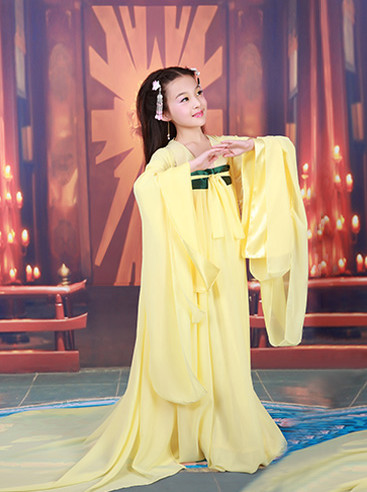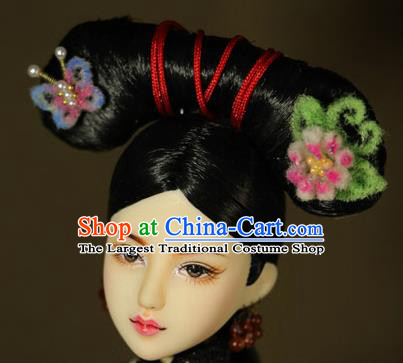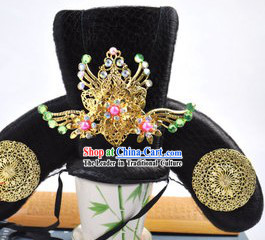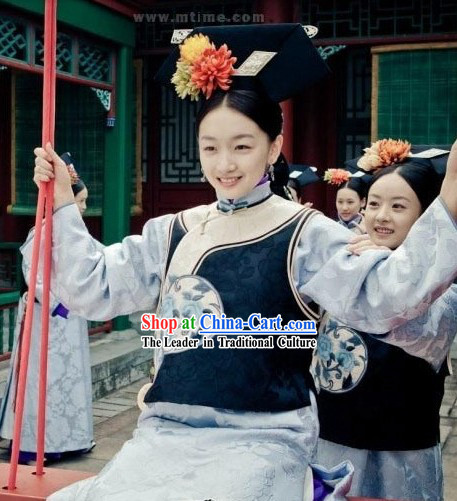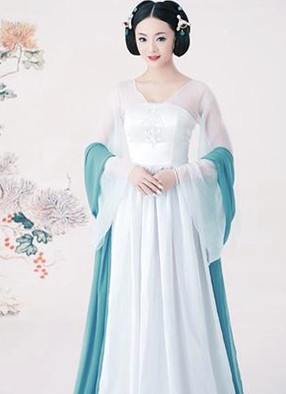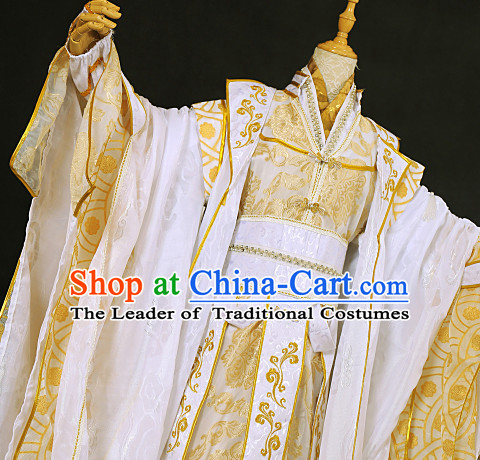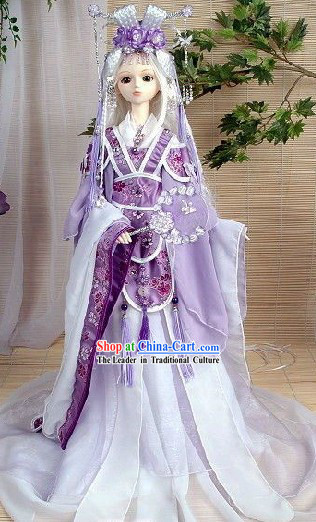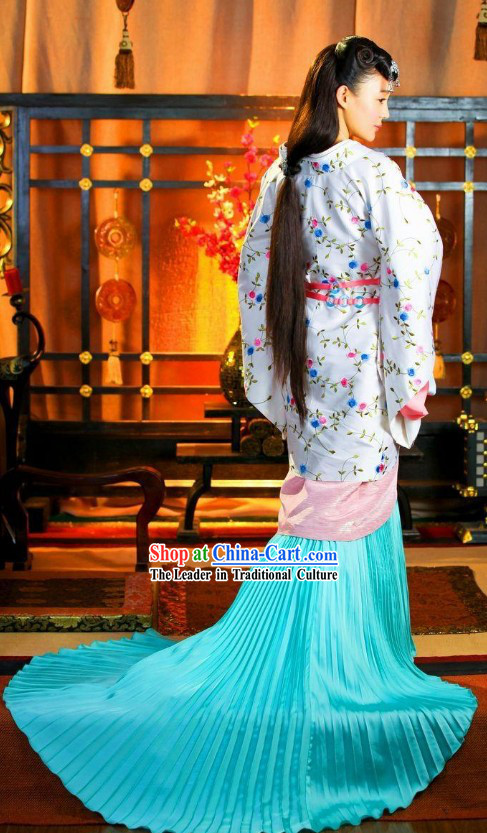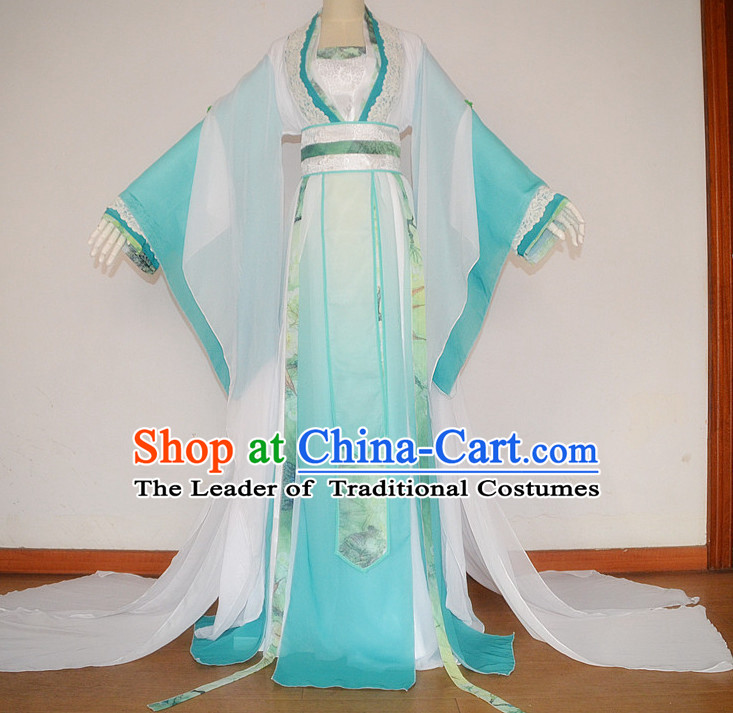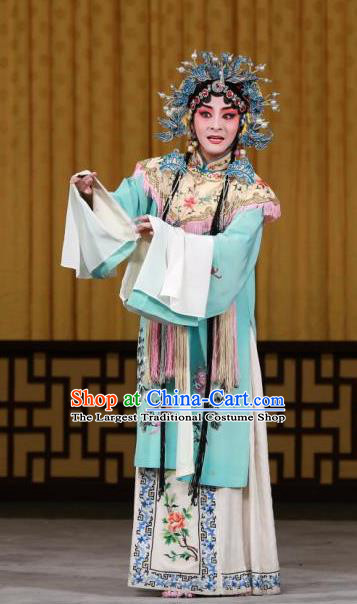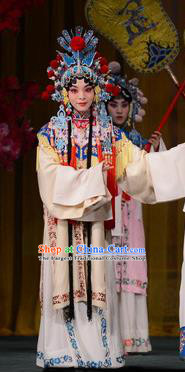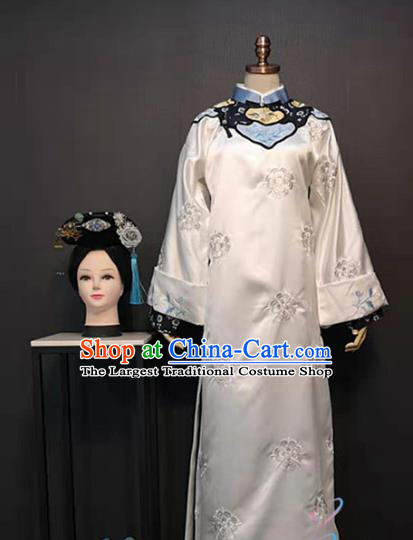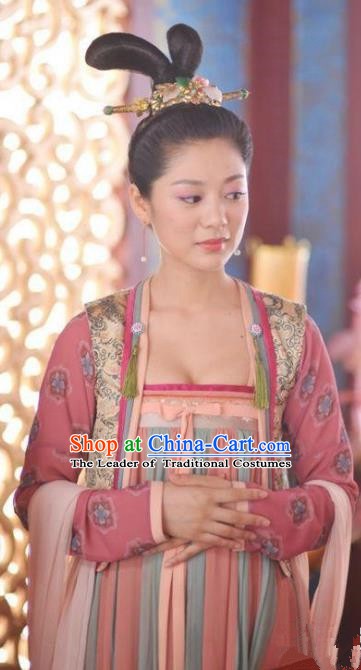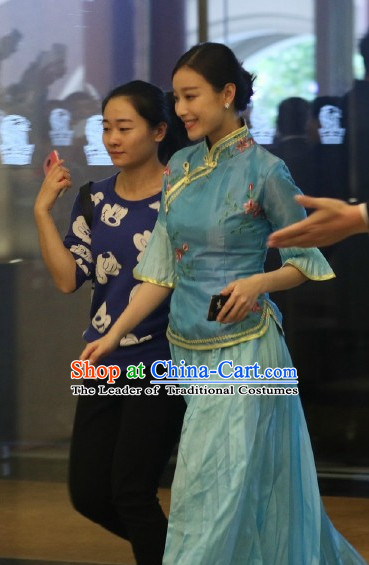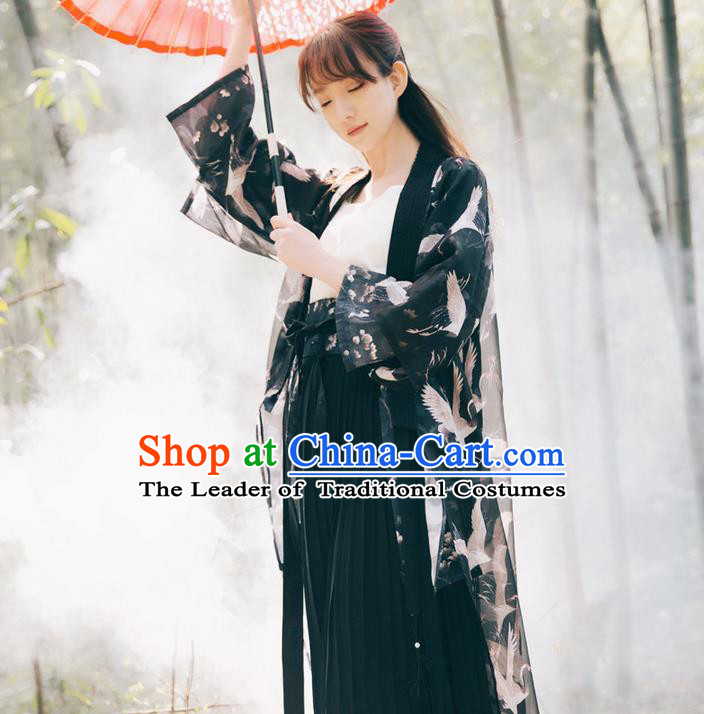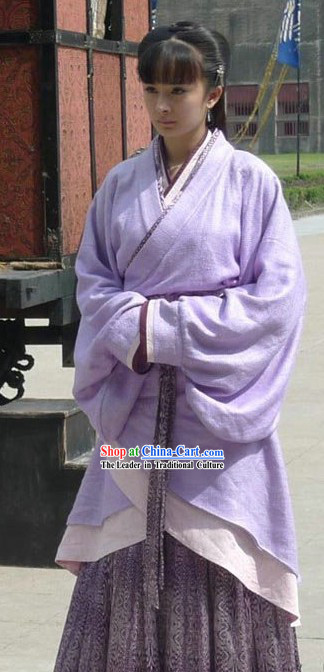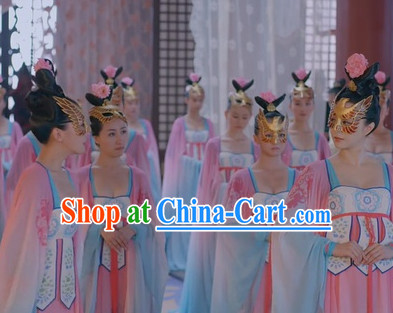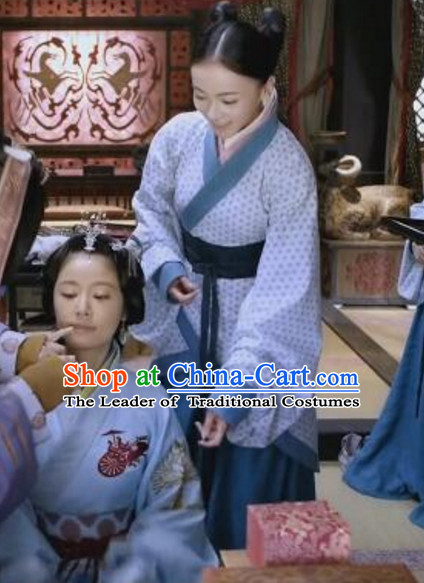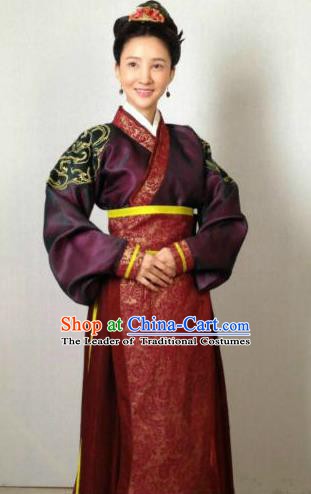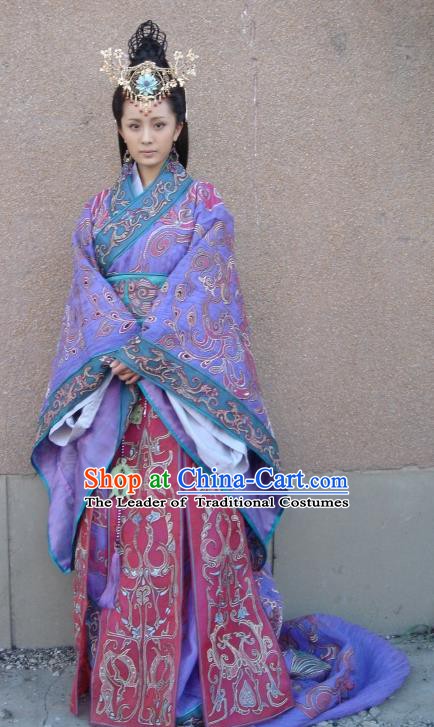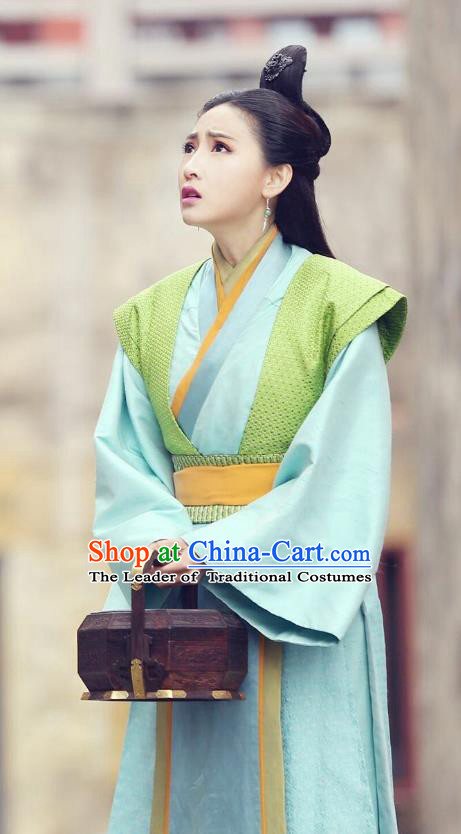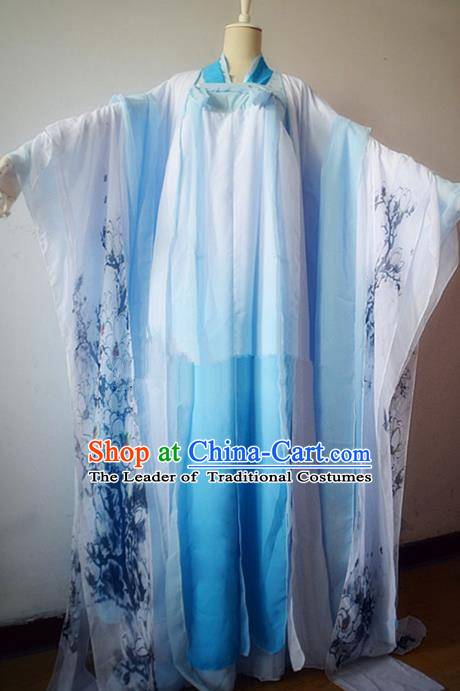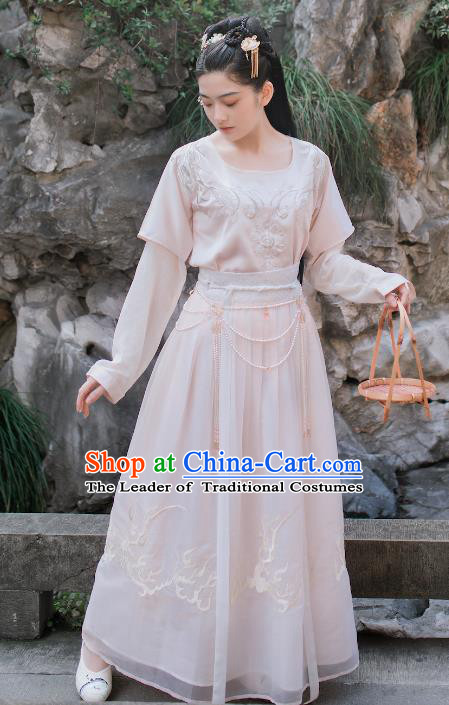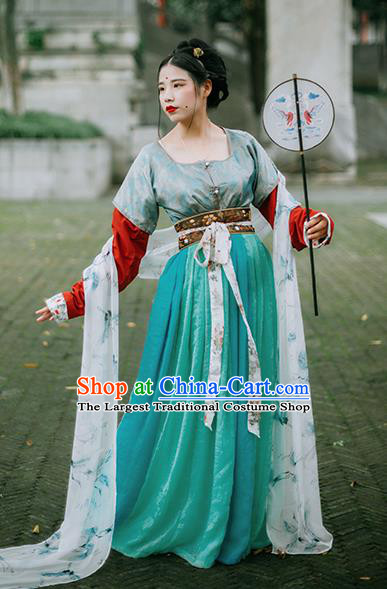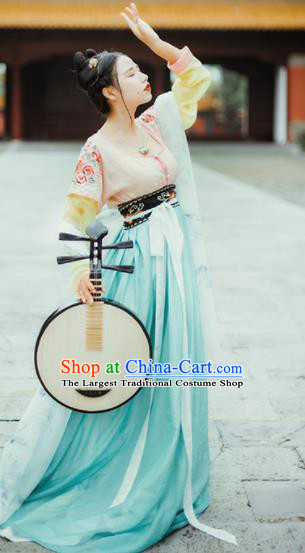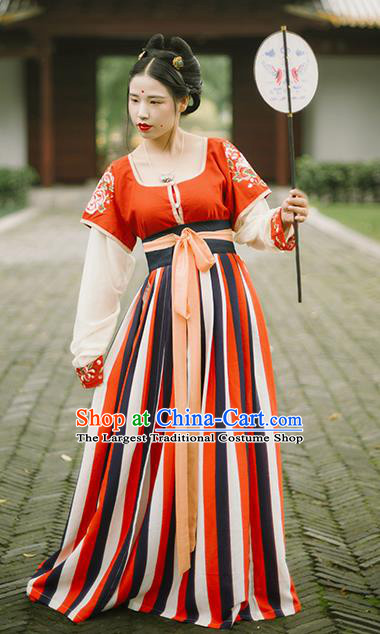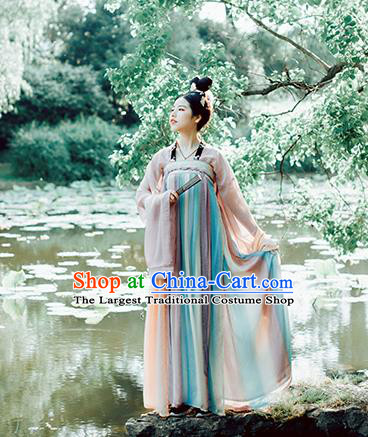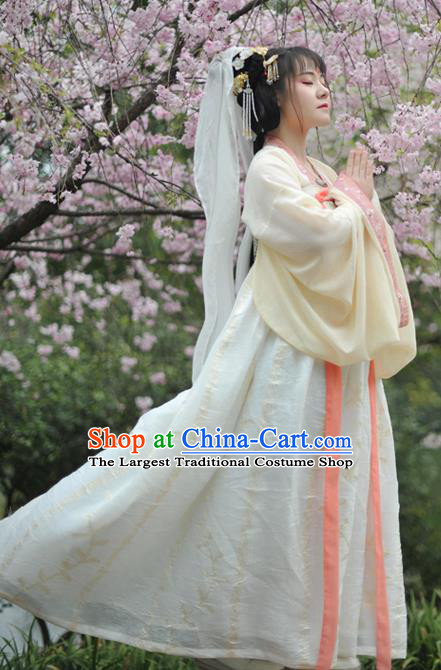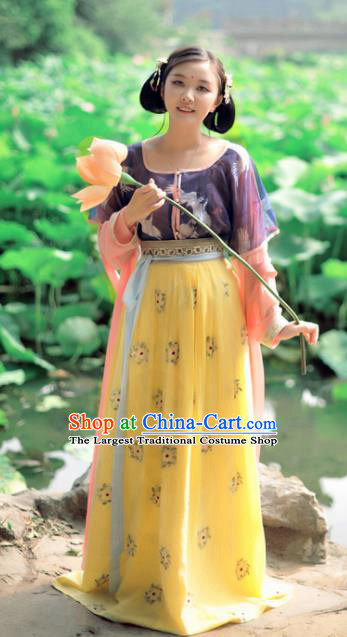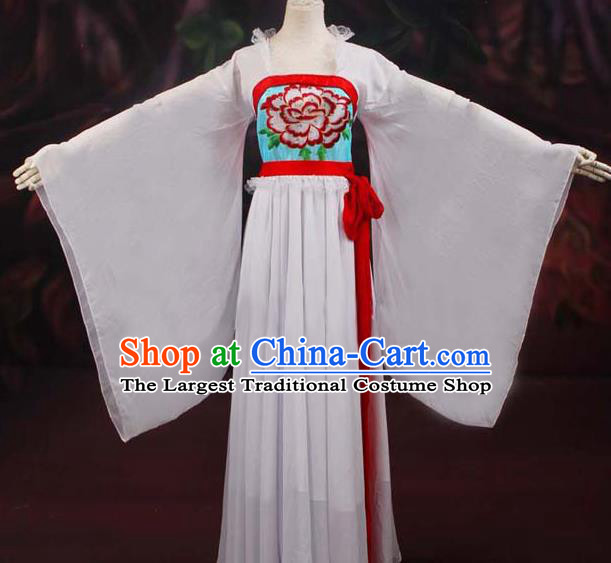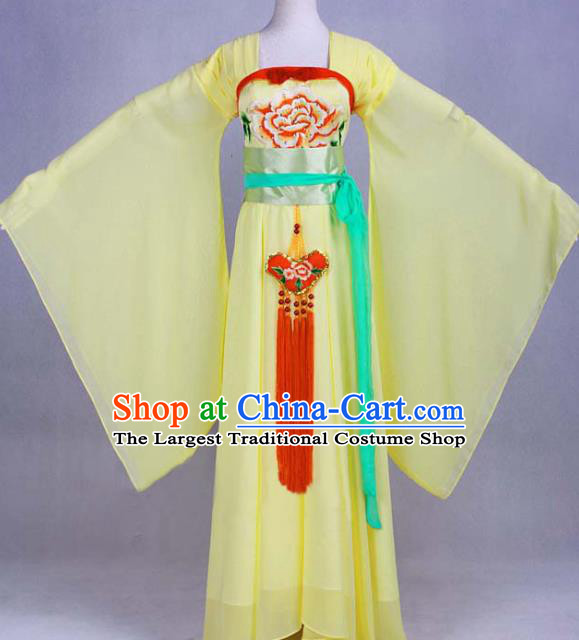
Click Related Pictures for More Audios:
The traditional clothing of Chinese imperial court officials, with its elegance, delicacy, and grandeur, showcases the unique charm of ancient Chinese culture.
These costumes not only represent the status and responsibilities of women in the court but also reflect the aesthetic concepts and social values of that era.
In ancient China, imperial court officials were divided into different ranks, such as empresses, consorts, and concubines.
Their costumes were correspondingly differentiated.
For example, the attire of the empress was usually predominantly red, symbolizing power and nobility, while that of the consorts was mainly blue, symbolizing freshness and elegance.
In addition, officials of different ranks had their own headwear, jewelry, and clothing details, such as gold embroidery and beaded embellishments.
Apart from differences in color and patterns, imperial court officials' costumes also had certain functional aspects.
For instance, their skirts were typically long enough to cover their feet, maintaining a dignified and graceful image.
Furthermore, they would adorn themselves with various accessories like earrings, necklaces, bracelets, etc.
, to display their wealth and status.
In conclusion, the traditional clothing of Chinese imperial court officials is a unique cultural heritage that represents not only the beauty and elegance of ancient Chinese women but also reflects the aesthetic concepts and social values of that time.
By appreciating these exquisite costumes, we can better understand the rich connotations and historical significance of ancient Chinese culture.
